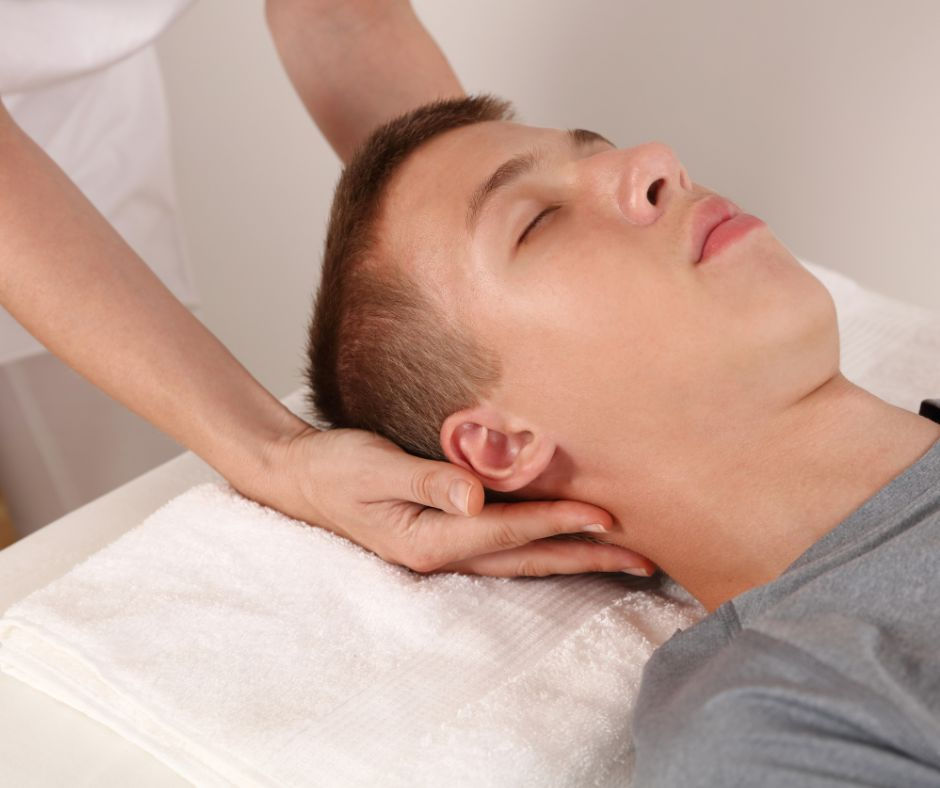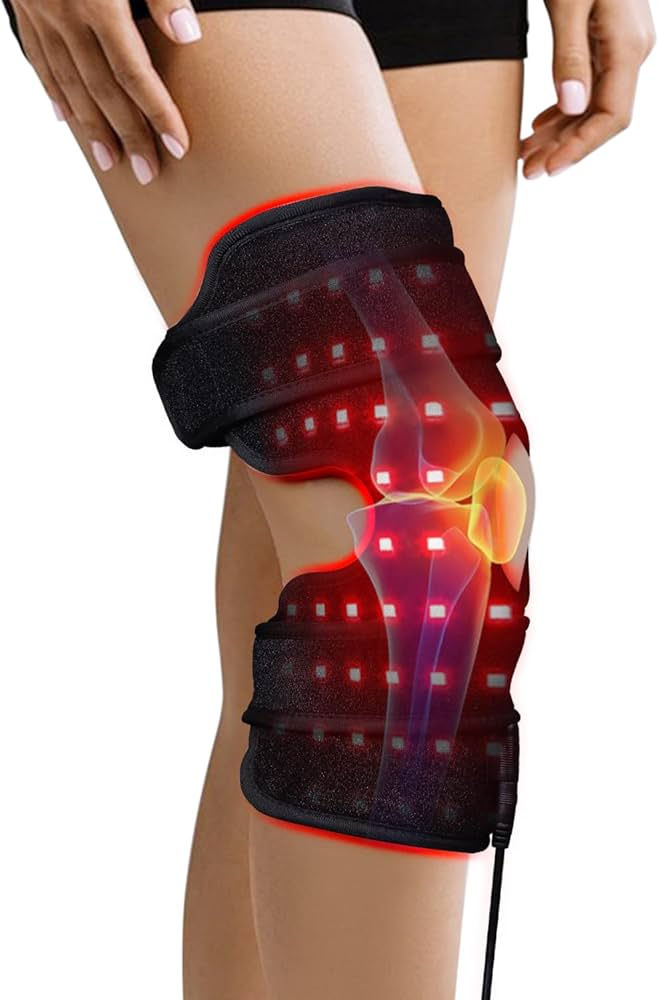Foot Strengthening Exercises To Improve Speed, Power, And Balance
- Amanda, Owner
- May 3, 2017
- 5 min read

When it comes to exercise, most people overlook two of the most important parts of their body - their feet. They train upper body, lower body, and core without even thinking to strengthen their feet.
But think about it. You use your feet to stand, walk, run, and balance. They serve as your foundation and are responsible for transferring all the force from your body to the ground. When your feet are weak, the rest of your body must compensate for the job your feet can’t do.
The stronger your feet, the stronger your foundation is for everything. Not to mention, strengthening your feet will help alleviate and prevent pain throughout the rest of your body. If your training goal is to be able to move with better strength, balance, power, and control, then you must train the two things that tie it all together.
Before You Start Training Your Feet
Be careful you don’t dive into training your feet too fast.You may create a problem that sets you back. Consider strengthening your feet to be a long-term project. A little goes a long way, and you must slowly build up with constant effort and daily application.
Test how strong your feet are. Do this by using rollers of various densities and diameters. The softer the density and larger the diameter, the easier it will be on your feet. To begin, don’t apply your full body weight to a roller. It’s generally a good idea to begin seated. Carefully test how much pressure you can handle before applying more.
If you feel pain back off and only do what you can handle. The ideal amount of pressure can be defined as “delicious discomfort.” It has to feel somewhat uncomfortable in order to stimulate positive change, but the key is applying just the right amount that you can handle without bracing, retracting, defending against the pressure.
You may not be able to do these all the time, but you can certainly do some of them right away. Your feet didn’t become weak overnight, and it will take a consistent effort to build them up.
1. Ditch Your Shoes
One of the best things you can do to strengthen your feet is to simply get them out of shoes more often. Begin slowly at first so you don’t make your feet too sore. This can be as simple as taking your shoes off when you’re inside your home.
With your shoes off, raise up onto your toes and try standing and walking propped up on the balls of your feet. You’ll likely feel this creates a significant balance challenge. If this is the case, perform heel raises as repetitions - raising up and descending down - touching a wall or holding a door frame for balance, if necessary.
As you get stronger barefoot, you can up the duration and become more active (like running and jumping barefoot - but take it easy and don't go too fast), which will continue to build strong stable feet.
2. Run in Sand
This may not be possible for those who don’t have access to a beach, but gently running in sand is a great way to increase the strength and flexibility in your feet. If you don’t have a sandy beach nearby, you can try walking and running barefoot on grass or any soft surface in the warmer weather. A surface like grass that is soft and yields to your weight will help improve the joint articulation within your feet, while increasing range of motion and strength in the process.
3. Walk on Rocks
This might sound kind of crazy, but walking or even just standing and shifting your weight on smooth rocks - the type of small smooth stones people use to landscape portions of their properties - will do wonders for your feet and your entire body.
The changing and shifting surface of these rocks will help activate all of the proprioceptive nerves that exist under your feet. There are lots of them and these nerves connect directly with the lower back. Unfortunately, these nerves endings are mostly dormant in many people. It is not just coincidence that more than 80% of people suffer significant back pain in their lives. When your feet are weak, you are practically guaranteeing you will experience significant back pain at some point.
4. Roll Out Your Three Arches
Most people think of only one arch in each foot, but there are actually three. The lateral (outside), transverse (center), and medial (inside) arches all work together to spring load your feet, which increases strength, balance, and power when functioning properly. It is important you roll your arches out properly - in the correct order - or you risk making your problems worse.
Lateral (outside) arch - This ties directly into your calcaneus (your heel bone) and is your body’s first floor foundation.
Transverse (center) arch - Located just behind the ball of your foot, this is the one you have to roll out second and approach most gently. Emphasize rolling from the ball of your foot to your heel (rather than heel to ball). This takes slack out of the fascia rather than increasing it. You can certainly roll it both ways, but make sure to emphasize the ball-to-heel direction with more pressure than the other direction.
Medial (inside) arch - This does not directly connect to your heel and effectively rests atop your lateral arch. This one is the third for a reason. Releasing the medial arch without addressing the lateral arch first is like building your body’s structure from the second floor up, not on the first floor foundation.
You are likely to feel the most pain when rolling out the transverse arch. Pain is often felt most as you get closer to the heel, so be super careful not to press too hard in this tender area.
5. Boards, Bands, and Balance Trainers
Another great way to stretch, strengthen and coordinate your feet is to use bands, boards, and/or balance trainers.
Bands: Take a resistance band (flat bands work best), fasten it to a secure point, and place the other end of the band around the top of your foot right below your toes. From a seated position, with legs extended straight on the floor, create tension on the band and pull your foot to your shin. You can perform reps by flexing and extending your foot, or for more of a challenge, move your body back while maintaining a dorsiflexed position to create more tension.
Boards: Take a slant board, or if you don’t have one use a flat board placed on something to create an angle (a rolled towel or a yoga block can work well). Position the slant board near a wall or doorframe so you can lean slightly forward and place your feet on the board with your toes facing up. With a slight lean forward perform calf raises, holding the top position to create maximum extension of your toes and mindfully engage the bottoms of your feet.




Comments